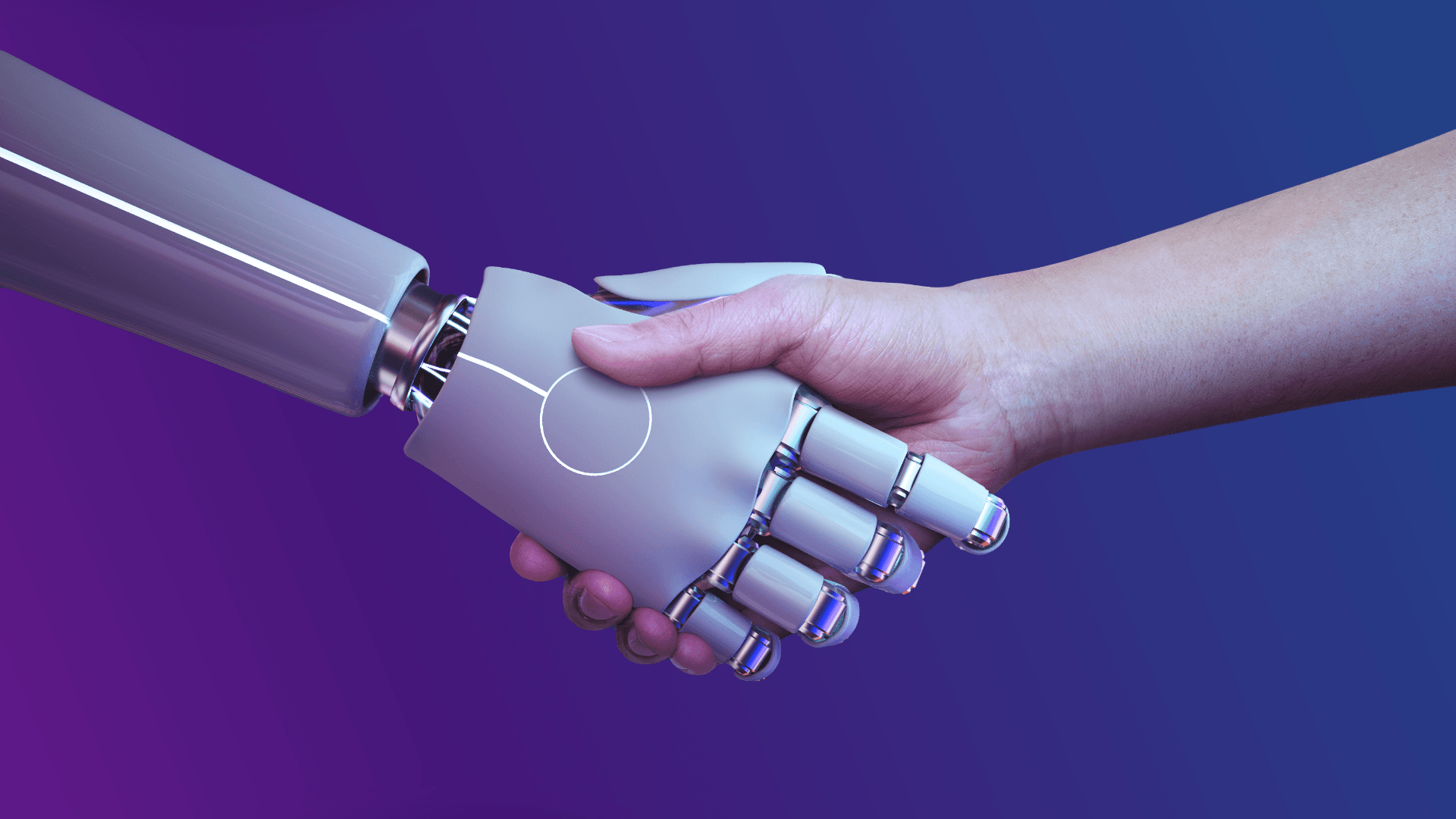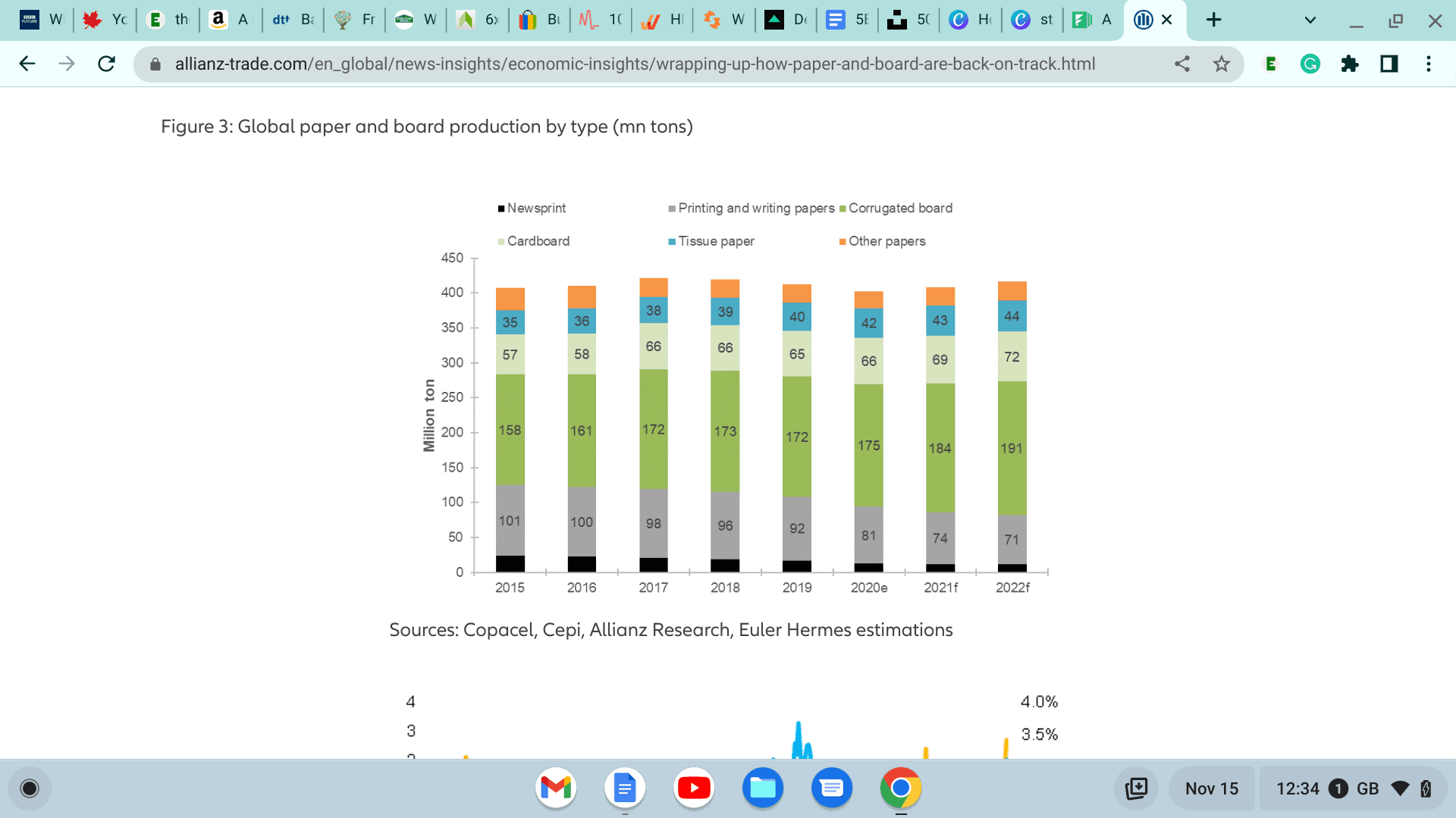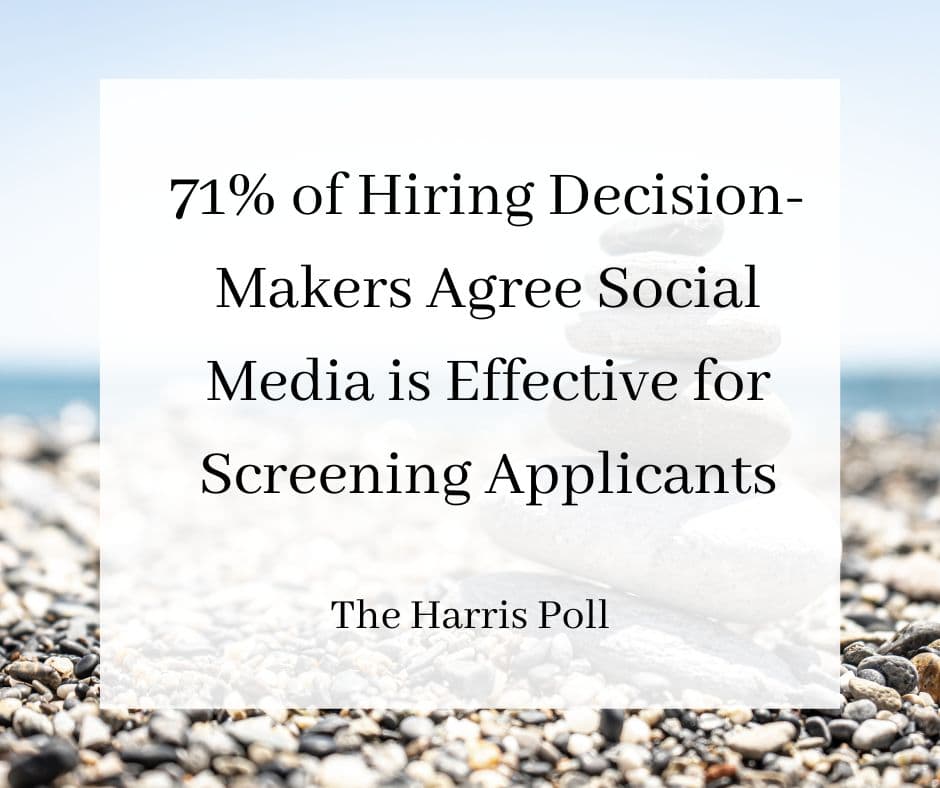Nov 25, 2022
5 Ways to Modernize Your HR for a Digital Future
This article covers five key ways you can modernize your HR systems to prepare for a streamlined and digital future.

With so many people starting to work from home in the last few years, and increasing numbers of companies embracing hybrid working patterns, it makes sense to look at ways to modernize HR systems and prepare for a more digital future.
After all, if all your documents are in paper format in an office, they’re not super accessible to colleagues based in different locations or even different time zones.
Moreover, if all of your training happens in one physical location, then it can be expensive, difficult, and even exclusionary for colleagues in different places to attend.
Why modernize your HR?
Image source: Unsplash
There are a ton of benefits to modernizing your HR, from opening up recruitment to people around the world to simplifying and speeding up your training processes and lowering your overall costs.
Modernizing your HR processes will help you to streamline them so that they become more logical and cost-efficient, and give you an edge over the competition.
Moreover, as tools like online or cloud-based holiday-booking platforms become the industry standard, the pressure to adapt heightens.
Simply put, it’s becoming clear that modernizing is not just a perk but a necessity to keep up with changes happening on a global scale.
Challenges with preparing for a digital future
There can be a steep learning curve when it comes to modernizing your HR systems toward a more digital future.
However, the good news is that after this initial effort, that steep incline comes to a comfortable plateau (assuming you’ve undertaken your modernization process in a logical way).
There is also an initial cost involved with modernizing your systems, but again, this plateaus and eventually, you should start noticing a pretty significant reduction in costs.
Other challenges can relate to the office culture.
Long-established businesses might come against some resistance from staff when it comes to changing the way things are done, but that’s something that any organization is likely to deal with as things evolve.
So, here are 5 ways you can modernize your HR.
1. Save the trees, ditch the paper
Image source: Allianz Trade
The first thing you will want to do in your bid to modernize your HR is say goodbye to paper.
Not an “au revoir”, but a firm “adieu” - once you move away from paper, you will wonder what you ever saw in those endless rows of files in the first place.
While you may need to spend some time scanning a bunch of older documents onto your computer, not having to print every new HR policy will save you so much money in terms of ink, printer maintenance, paper, and also the time it takes to make up paper files.
Also, you won’t need to search for half an hour for an employee file you later realize has been sitting under a pile on your desk will free up time you could be doing creative and meaningful work.
It usually only takes a few seconds to find a well-labeled file in an organized electronic folder. And not only will storing and finding your documents become easier but so will editing them.
Whether you decide to keep all of your HR documents in an on-premise filing system, or better yet on a cloud-based software (or some mixture of the two), a modern, digitized system will definitely beat paper every time when it comes to efficiency.
2. Automate, don’t recreate
Sending out mass “Thank you for your application” emails is not something you want to be doing on a case-by-case basis when it comes to recruitment.
There are plenty of areas where automation can save you a ton of time, from scheduling and rescheduling interview slots, filtering job applications, communicating with applicants, and setting up automated training processes for new recruits.
Automation might sound impersonal, but it’s also extremely practical-
For example, when you have dozens or even hundreds of applicants, you can save a lot of your colleagues’ time by sending out mass, automated emails that automatically fill in the correct name for each candidate so it doesn’t just say “Dear applicant”.
In other words, automation doesn’t have to feel cold. You just have to consider when to use it and how a personal touch can be added.
Scheduling and rescheduling interview times and dates can be a logistical nightmare if you’re relying on an administrative officer to do all the work and could be done more comfortably online.
That way, applicants can leisurely peruse available time slots and make changes without the additional stress of feeling like they’re making someone’s life harder.
Automation can also help you to filter candidates based on simple Yes/No questions.
For example, if you have an absolutely essential requirement (such as needing a French speaker), by having all applicants click Yes/No to this question in the application form you can automatically funnel those who respond “No” (they don’t speak French) into a “Not suitable for this position” file.
3. Online training
Image source: Pexels
Until recently, a lot of training and onboarding would have taken place in a stuffy, grey meeting room with some free sandwiches thrown in as a little perk. Now, most training can be done online in the form of educational videos, online quizzes, and video conferences.
A great way to modernize your onboarding processes is to offer the option to do online training. You can use pre-recorded audio and videos so that people can watch and rewatch the material they need to learn as often as they like, and then test their knowledge against a quiz.
This makes it easier for them to learn without the pressure of having to remember everything the first time around, and also makes it easier for your organization to gather quantitative data about the training processes.
You can see how many tries it takes candidates to get a passing grade on a quiz, what the average grades are, and how many times people need to watch a video to absorb all of the information. This insight can then inform how you create future training materials.
You can also observe how this online training translates into skills and work in real-world situations.
If some of the training needs to be live rather than pre-recorded, conducting it online via video conferences can allow people in different locations or with different mobility abilities to join as long as they have an internet connection.
4. Insta-recruit
Image source: Express Pros
Social media has become a huge part of our lives. What started off as a way to stay in touch with classmates and see how their lives panned out years later has become a way for businesses to reach customers, activists to spread awareness, and even companies to recruit new people.
It’s not unusual to see your favorite company advertising its open roles to its Instagram followers these days.
And rightly so! Could there be a better pool of candidates than people who are already interested enough in the company to follow them on social media? Passion for the company and commitment to the role are important traits in potential candidates.
Even if someone doesn’t follow you on social media, it’s possible to reach ideal candidates through paid advertisements aimed specifically at those who could be a good match.
While we’re all probably already aware of the option to use LinkedIn as a recruitment tool, more informal social media such as Facebook and Instagram are great ways to reach larger pools and people who might not be actively on the hunt for a new role.
5. Digital platforms
The introduction of a digital platform for your HR team might be what you need to modernize your HR systems. Instead of relying solely on on-premise solutions, creating digital platforms makes various tools such as electronic payslips, holiday booking systems, and anything else HR-related available to your hybrid and remote workers.
It also makes it a lot easier for your colleagues in the office to access what they need and manage it with minimal help from managers or HR officers.
You shouldn’t have to email your manager every time you want to book time off work - a simple online tool should be available to automatically keep track of who else is away during a given period.
Image source: Unsplash
The future is digital
While we may never remove the need for human intervention (and why would we want to?), the future is definitely going in the direction of more streamlined, more efficient, and more cost-effective solutions.
As companies working patterns become more diverse it becomes imperative that HR solutions rise to meet those new needs. By learning things like or how to conduct training via video conferencing tools, HR teams adapt to new ways of working and the future.






